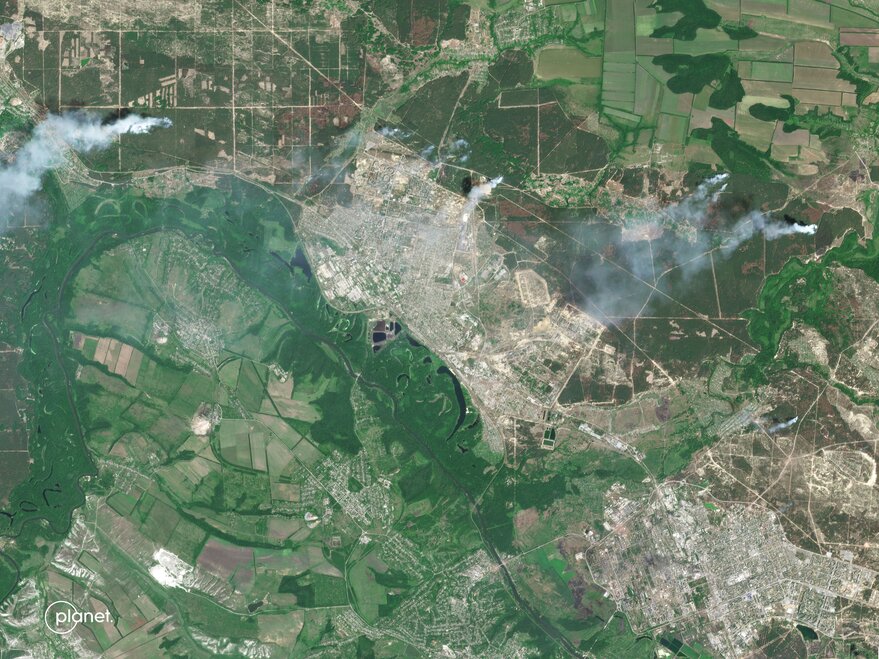SAN FRANCISCO – Planet revealed the value of its largest contract to date, a $146 million award from the National Reconnaissance Office to provide imagery over two years, during the company’s June 14 earnings call.
Rather than disclosing the maximum potential value of the contract with options over 10 years like BlackSky and Maxar Technologies, the other two companies that won contracts in NRO’s Electro-Optical Commercial Layer (EOCL), Planet reported NRO’s initial commitment of $146 million for the first two years of SkySat constellation tasking, PlanetScope daily imagery and access to Planet’s imagery archive.
“There’s quite a lot of flexibility in that contract to expand,” said Will Marshall, Planet co-founder and CEO. “They can execute change orders, exercise new options and extend the deal for a total period of up to 10 years.”
Marshall declined, however, to reveal the maximum potential value of the contract over 10 years.
Even the initial two-year award nearly doubles Planet’s backlog, which stood at $152 million on April 30. NRO announced its selection of EOCL vendors on May 25. At the time, Planet did not disclose the value of the contract, citing a quiet period ahead of its quarterly earnings announcement.
During the June 14 earnings call, Marshall said Planet executives “are very proud” of the EOCL contract.
“The NRO has embraced leveraging Planet’s capabilities pretty much as they are,” Marshall said. “The fact that they’re buying it at such a scale and with such a commitment is really pleasing to us. I’m confident that as we develop new capabilities the government will buy them.”
Overall, Planet reported $40.1 million in first quarter 2023 revenues, a 26 percent increase compared with the first quarter of Planet’s fiscal 2022 first quarter. As of April 30, the end of the quarter, Planet had 826 customers, a 23 percent hike from a year earlier.
“We’re seeing growing demand across all vertical markets,” Marshall said, citing agriculture, defense, intelligence, civil government.
Looking ahead, Marshall expect Planet revenues to remain split between government and commercial markets. Even the EOCL contract will not significantly alter that split, he said.
Roughly half of Planet’s revenues come from commercial markets and half from government markets. Within the government business, about half of it stems from civil agencies and half from military and intelligence organizations. While the various market shares “may change a little bit from time to time, we don’t expect, over the long arc, for that to change materially,” Marshall said.
Ashley Fieglein Johnson, Planet chief financial officer, added, that the company has seen strong demand from civil and military government customers. In addition, she added that Planet is attracting customers in the agriculture, financial and insurance sectors.
“The expectation is that diversification of the business over the long term will only increase,” Johnson said.
Planet announced expansion June 14 of its contract with Bayer, the multinational life sciences and pharmaceutical company.
“They’re using Planet Fusion data as well as high resolution SkySat data to understand historical and in-season performance and empower data scientists to generate valuable insights that have the potential to support production globally,” Marshall said.
Planet also announced an agreement in April to work with Moody’s to help the financial services firm identify ways to assess and monitor Environmental, Social, and Governance risks.
“We think our data can help to improve the quality and consistency of ESG measurement and reporting, ultimately leading to better accountability and management of natural resources,” Marshall said.
